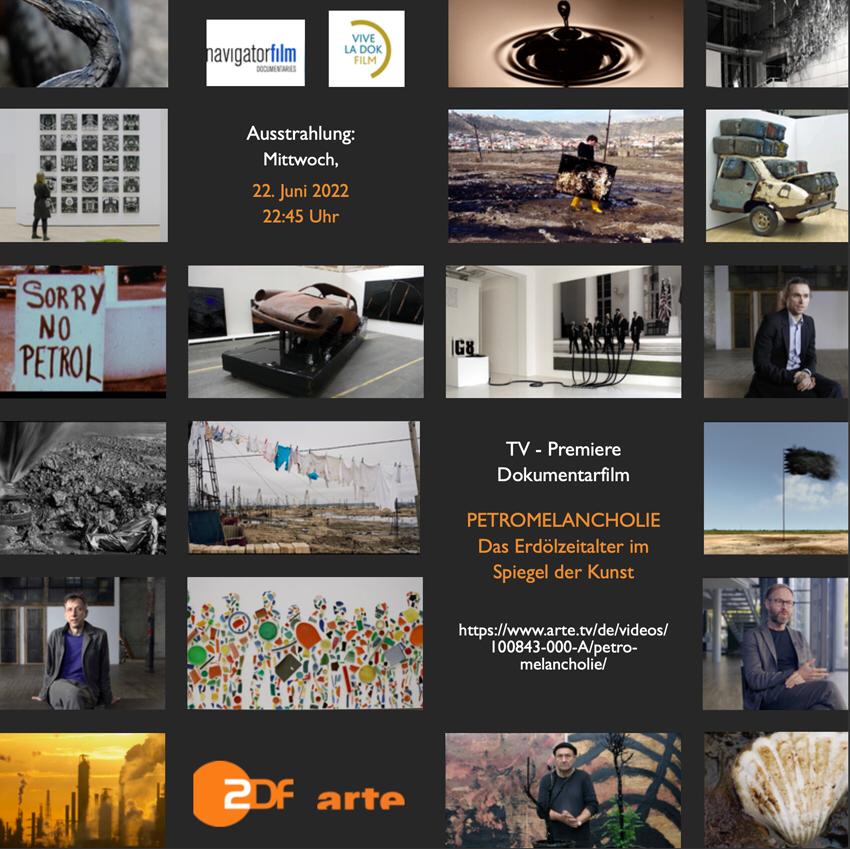
Link zum ARTE-Trailer bzw. bis 22.7. zum vollen Film in der Arte-Mediathek
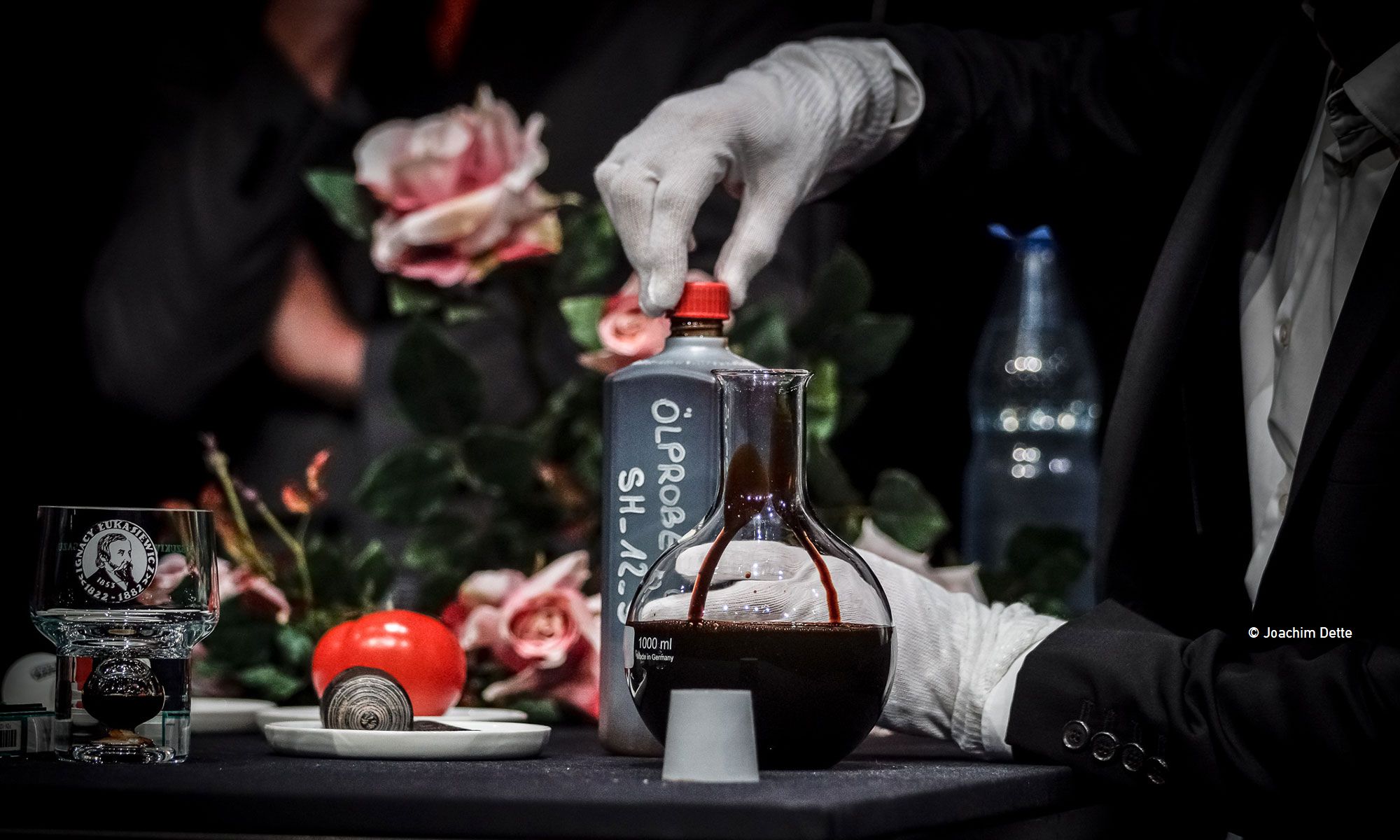
understanding petro modernity
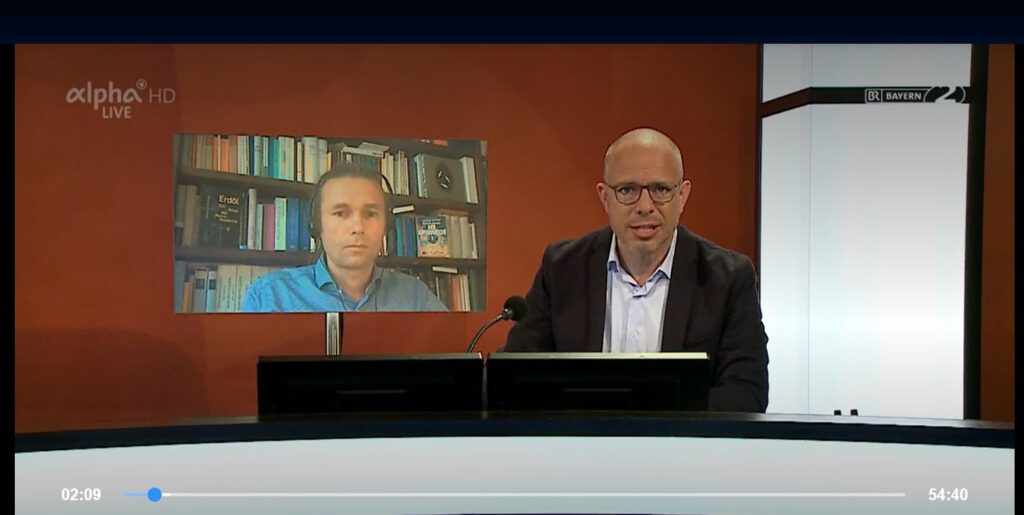
»Im Tagesgespräch ging es um schwierige Zeiten. Wie reagieren Sie auf die vielen Krisen und Katastrophen auf der Welt? Kann das Leben einfach unverändert so weitergehen? Moderation: Christoph Peerenboom / Gast: Benjamin Steininger, Kulturwissenschaftler am Max-Planck-Institut für Wissenschaftsgeschichte Berlin, Katalyseforscher bei UniSysCat an der TU Berlin«
(Sendung nachsehen: link zum Video (ca. 55 min) in der ARD-Mediathek).
(Sendung nachhören: link zum Podcast (ca 55 min) auf BR Podcast)
Arts of the Working Class, Issue 21, May 2022, Around the World in 80 Pages
by Alexander Klose
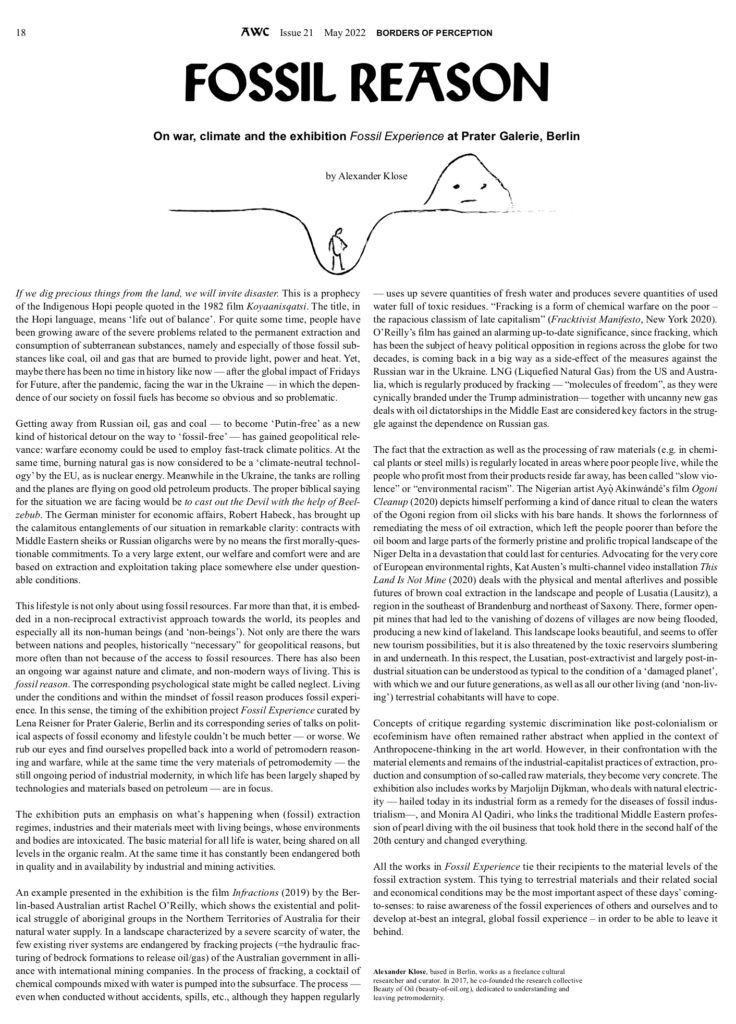
Download text plus cover of AWC 22 as pdf here.
In the context of the congress »Unearthing the Present« (19.5.-22.5.2022), one of the final events after ten years of Anthropocene research and debate at HKW, together with the members of the Anthropocene-Working-Group Barbara Fiałkiewicz-Kozieł (PL) and Neil Rose (UK), Benjamin Steininger will be giving the seminar »Combustion: Reading the Ashes« on Friday, 20.5.2022, 5 pm. It is part of a series of presentations on Friday.
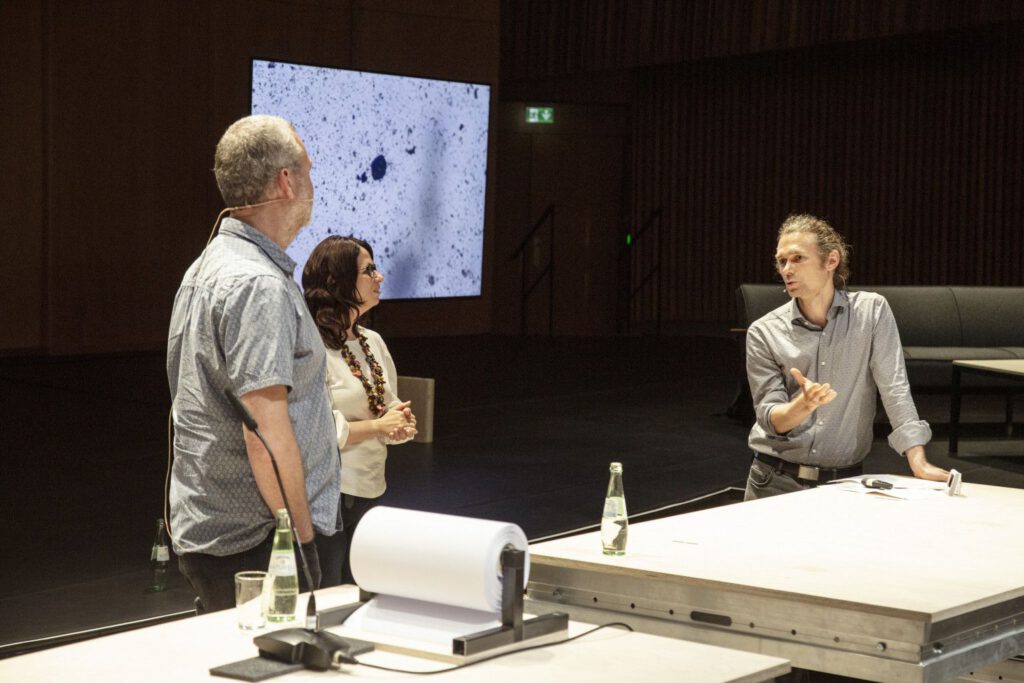
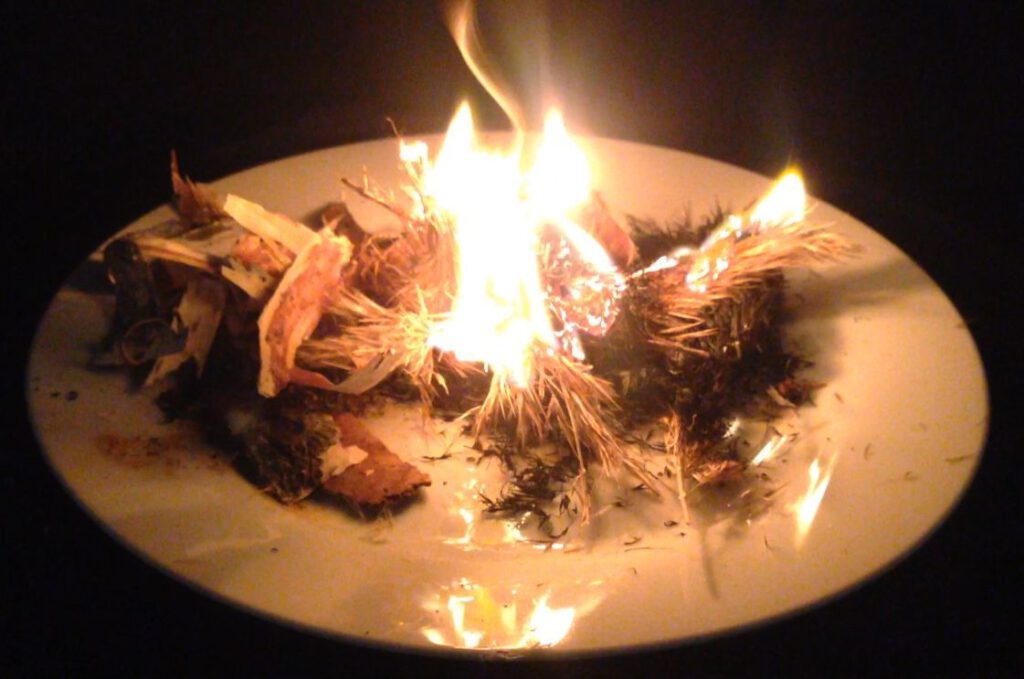

Find more about the congress »Unearthing the Present« (19.5.2022-22.5.2022) and the Workshop series »Markers – Material Delineations of the Present« (20.5.2022, 3–9 pm) at the respective links
In English // Free admission // Limited capacity, registration is desired:
Microplastics in bodies of water or organisms or the accumulation of radionuclides from nuclear weapons tests – anthropogenic markers have a political, technological and ecological history behind them. Developed from the online publication Anthropogenic Markers, researchers of the Anthropocene Working Group, humanities scholars and artists provide an insight into the laboratory practice of “Anthropocene forensics.” Eight sessions examine chemical and biological fingerprints as demarcations for the new geological epoch of the Anthropocene. Registration for individual workshops is now open.

Der fossile Rohstoff Erdöl hat sich in vielen Facetten unseres Lebens manifestiert und in den letzten 150 Jahren nicht nur unsere Maschinen befeuert, sondern auch unsere Fantasien, Wünsche und Träume. Im Zeitalter der Petro-Moderne wurde Erdöl in
unseren westlichen Gesellschaften zu einem Katalysator für Wachstum und Konsum – und damit zum Sinnbild für Freiheit, Moderne und Wohlstand. Heute neigt sich dieses Zeitalter dem Ende entgegen und uns wird schmerzlich bewusst, wie abhängig
sich die moderne Gesellschaft von diesem Stoff gemacht hat.
Das HKW (Haus der Kulturen der Welt) forscht bereits seit Jahren in verschiedenen interdisziplinären Projekten zum Anthropozän, dem vom Menschen gemachten Erdzeitalter. Der Ausbeutung planetarischer Rohstoffe wie dem Erdöl kommt
hierbei eine wichtige Rolle zu.
Der Regisseur Mathias Frick hat sich gemeinsam mit den Kulturwissenschaftlern Benjamin Steininger und Alexander Klose auf die Reise zurück in die Petro-Moderne gemacht. Der Film erzählt entlang von Kunstwerken aus verschiedenen Teilen dieser Welt, wie tief unser Leben von den Kreisläufen des Erdöls durchdrungen ist. Zur ARTE-Filmpremiere im HKW laden wir Sie herzlich ein.
Vor dem Film: Einführung durch Bernd Scherer (Intendant HKW).
Nach dem Film: Gespräch mit Mathias Frick, Alexander Klose, Benjamin Steininger und der Produzentin Eva Rink (Vive la Dok).
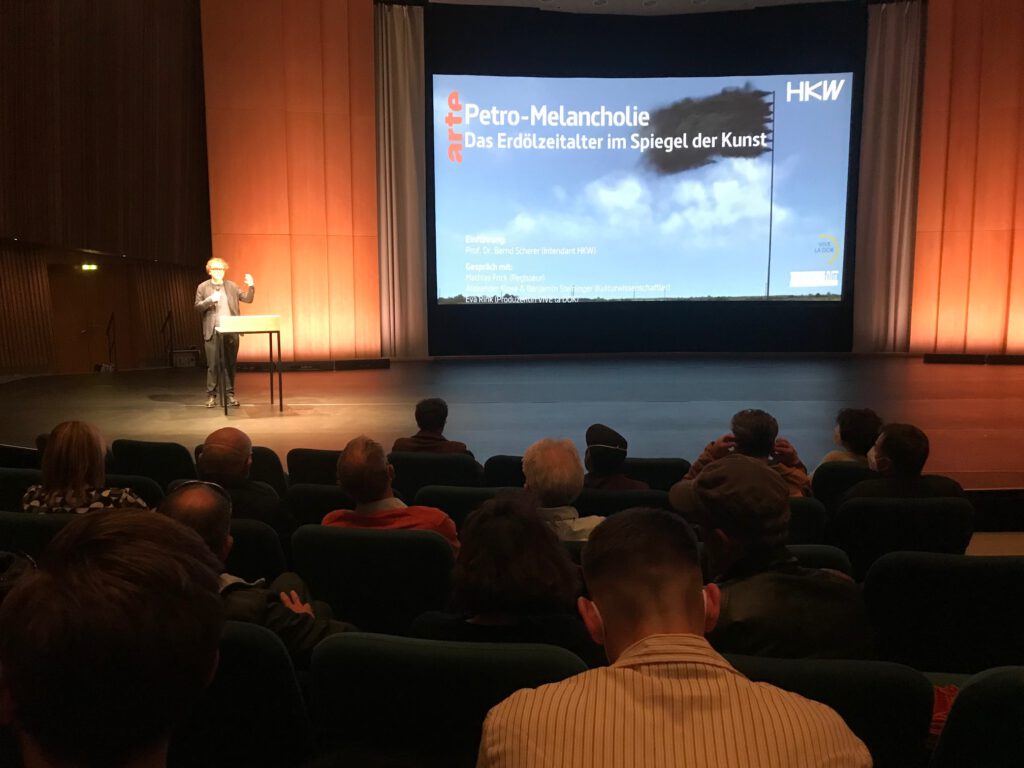
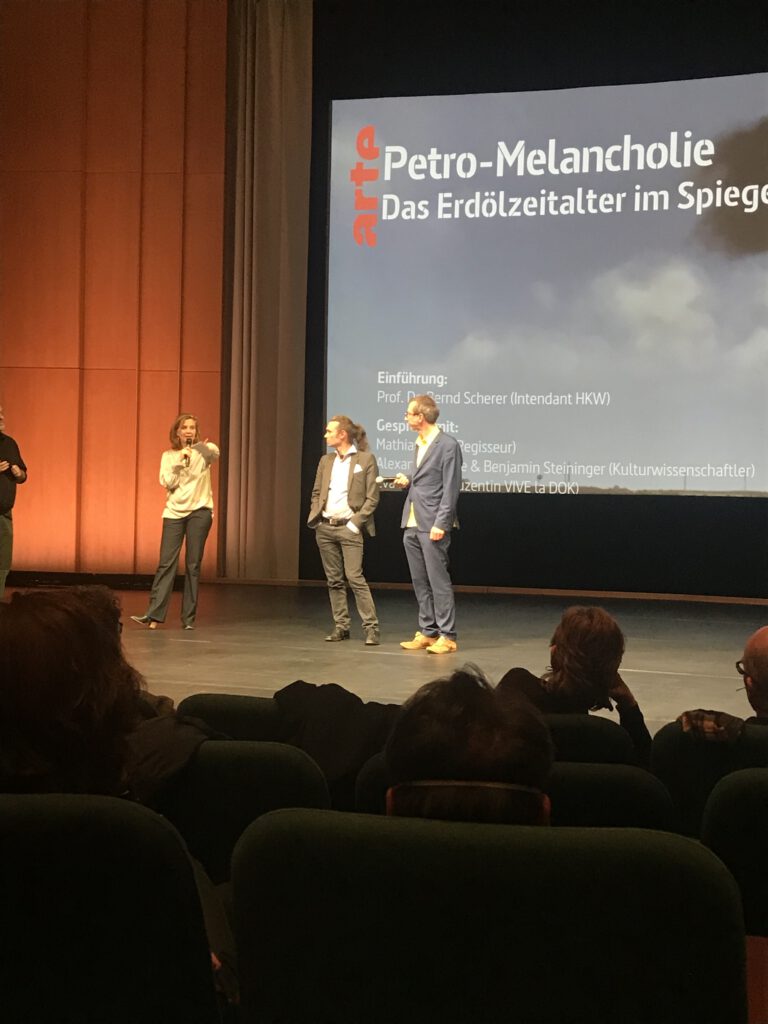

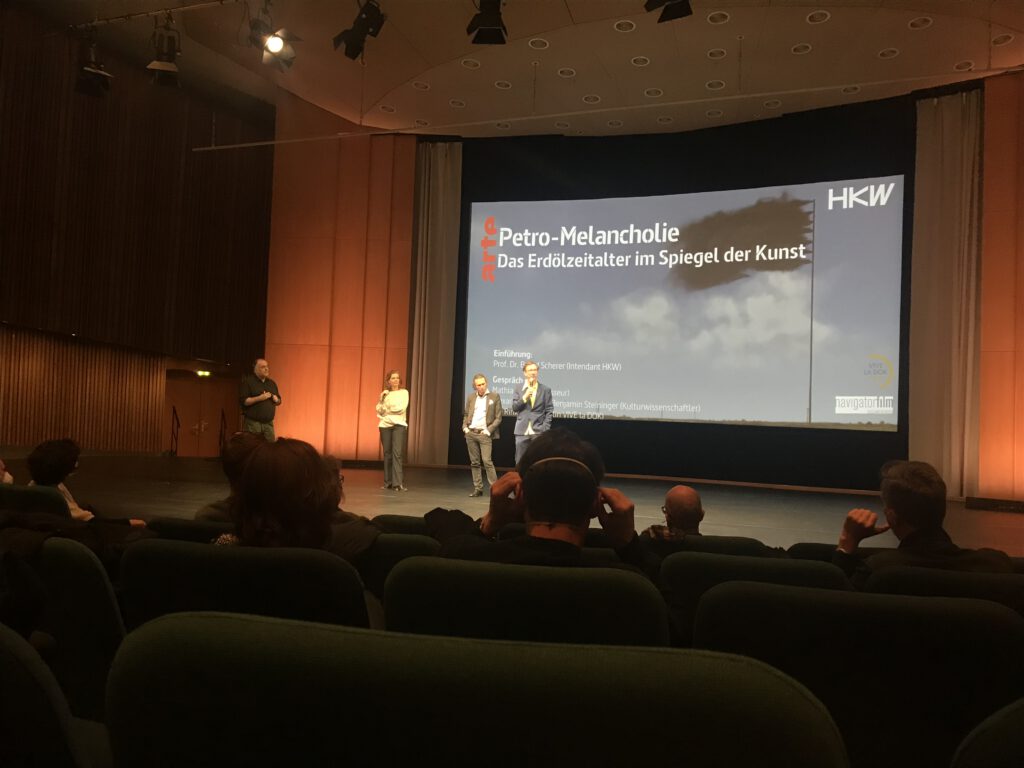

The volume is the final publication of the DFG funded research network Fluidity. Materials in Motion, which was active from 2019 until 2022. Authors among others: Kassandra Nakas, Marcel Finke, Inge Hinterwalder, Friedrich Weltzien, Jens Soentgen, Franz Mauelshagen (get the book here).
The workshop at Tulane University was inspired by the 2019 Beauty of Oil »Bureau of Commodity Flows« (link to the report here) . We are happy to be part of it, at least from the distance !
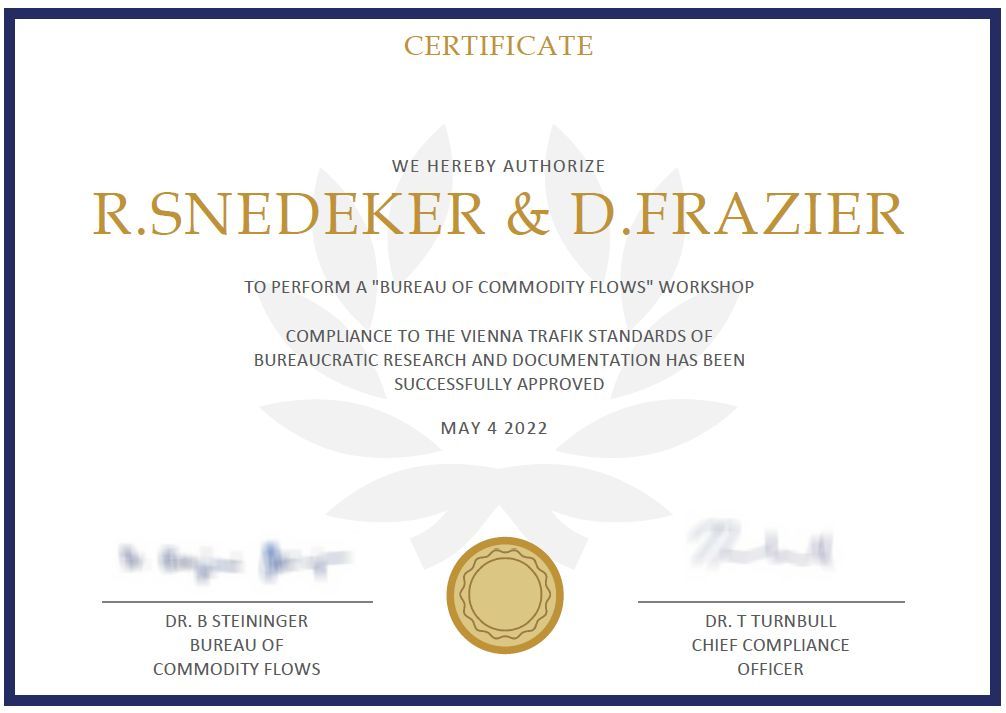
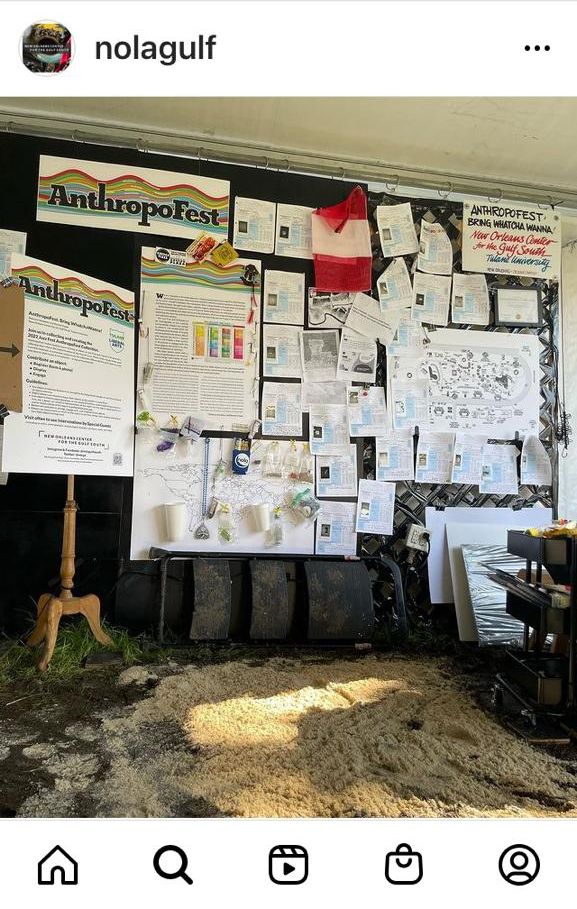
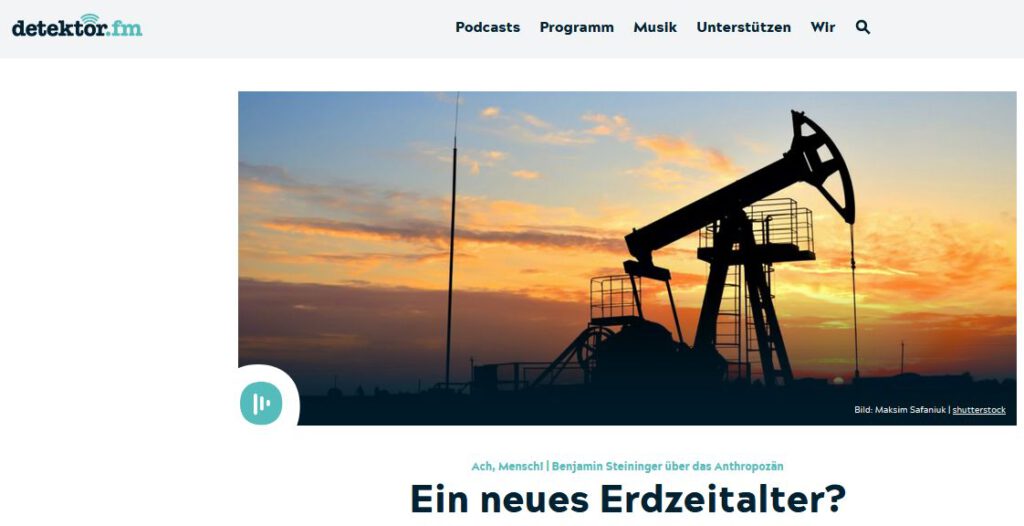
»In der Forschung wird darüber gesprochen, dass wir uns in einem neuen Erdzeitalter befinden: dem Anthropozän – oder auch dem Zeitalter des Menschen. Es ist ein interdisziplinärer Begriff, der unter anderem auch die Auswirkungen von menschengemachten Dingen auf die Erde beschreibt«

(please scroll down for English invitation)
In alle politieke kampen en zelfs in de olie-industrie is men het er thans over eens dat wij het fossiele tijdperk achter ons moeten laten. Maar hoe slagen wij erin ons los te maken van een technologie en een cultuur die elk gebied van het leven diep hebben doordrongen? En hoe zal het leven ‘na de olie’ eruit zien?
Rotterdam kan worden gezien als een etalage voor de successen en de verschrikkingen van de petromoderniteit. De stad ligt in een geografisch gebied dat eeuwenlang door de mens is gevormd en is een van de oliehoofdsteden van de wereld. Rotterdam heeft de belangrijkste oliehaven, de grootste raffinaderij en de meeste petrochemische fabrieken van Europa. De stad zelf werd herbouwd als een uitgesproken modern project na de totale verwoesting door – petromoderne – Duitse oorlogstechnologie in de Tweede Wereldoorlog. De breedte van de lokale ervaring met vele aspecten van de wereldwijde petromoderne opbouw en vernietiging maakt een verscheidenheid aan vragen mogelijk: over materiaalstromen, levenswijzen, economische en politieke grondslagen en koloniale verwikkelingen.
Op uitnodiging van het Goethe-Institut verblijft cultuurtheoreticus en curator Alexander Klose van het onderzoekscollectief Beauty of Oil (Berlijn/Wenen) twee weken in Rotterdam voor een eerste onderzoek naar de stand van zaken rond de petromoderniteit in de stad. Dit markeert het begin van een langere onderzoeks- en conceptuele fase ter voorbereiding van een tentoonstelling over ‘petromelancholie’, die Beauty of Oil samen met Brutus/Atelier van Lieshout in het najaar van 2023 in Rotterdam zal realiseren.
In een Petrosalon aan het einde van zijn onderzoeksverblijf zal Alexander Klose samen met de cultuurtheoreticus en wetenschapshistoricus Benjamin Steininger de eerste resultaten en conceptuele ideeën in het Goethe-Institut Rotterdam presenteren en ter discussie stellen. In de traditie van de vroegmoderne salons zal er gelegenheid zijn voor conversatie in een informele sfeer onder het genot van een hapje en een drankje.
Alexander Klose en Benjamin Steininger zijn stichtende leden van het collectief Beauty of Oil. Onlangs nog stelden zij samen de tentoonstelling Oil – Schönheit und Schrecken des Erdölzeitalters samen in het Kunstmuseum Wolfsburg. Zij zijn redacteuren van Erdöl – Ein Atlas der Petromoderne (Matthes & Seitz Berlijn, 2020).
De Petrosalons die zij sinds 2018 hebben georganiseerd, vonden tot nu toe onder meer plaats in Wenen (Oostenrijk), Minsk (Wit-Rusland) en Trondheim (Noorwegen).
Beperkt aantal plaatsen beschikbaar.
Aanmelden verplicht tot uiterlijk 20 april 2022 via Claudia Curio
»Investigating Petromelancholia: Petrosalon Rotterdam«, Goethe-Institut Rotterdam, 22.4.2022, 19:00, Westersingel 9
It is our pleasure to invite you to the PETROSALON ROTTERDAM on Friday, April 22, starting at 7 pm at the Goethe-Institut in Rotterdam, Westersingel 9.
The salon will be hosted by Alexander Klose and Benjamin Steininger, cultural theorists and founding members of the curatorial research collective Beauty of Oil (beauty-of-oil.org). Since 2018, the collective has been organizing PETROSALONS in various locations in Europe, including Minsk, Belarus, Trondheim, Norway, and Vienna, Austria.
The twilight of the Oil Age is looming. People from all political camps and even from the oil industry—now renamed energy industry—have started to agree on the necessity to go “beyond fossil”. But how do we leave a technology and culture in which we are so deeply submerged? And what will life “after oil” be like?
Rotterdam can be interpreted as a showcase of the achievements and horrors of petromodernity. Located in a geographical region that has been anthropogenic — man-made — for centuries, it is one of the world’s oil capitals. The city hosts the largest oil harbour, the largest refinery and the largest accumulation of petrochemical facilities in Europe. The city itself was rebuilt as a distinctly modern project after its total destruction by petromodern German warfare in the Second World War. The range of local experiences with all layers of global petromodern construction and destruction allows for a multiple set of questions: to the flows of materials, to ways of living, economical and political foundations and colonial entanglements.
At the invitation of the Goethe-Institut, Alexander Klose will spend two weeks in Rotterdam to start an investigation on the state of the city’s petromodernity. The research will be used to conceptualise and prepare an exhibition on “petromelancholia”, which Beauty of Oil will realise together with Brutus/Atelier van Lieshout in autumn 2023. During the PETROSALON ROTTERDAM, findings and conceptual ideas will be presented and discussed with the guests. The evening is an informal event in the tradition of the early modern salon: Everyone is invited to participate in the conversation, finger food and drinks will be served.
The PETROSALON ROTTERDAM is co-organised by the research collective Beauty of Oil(Berlin/Vienna) and the Goethe-Institut Niederlande.